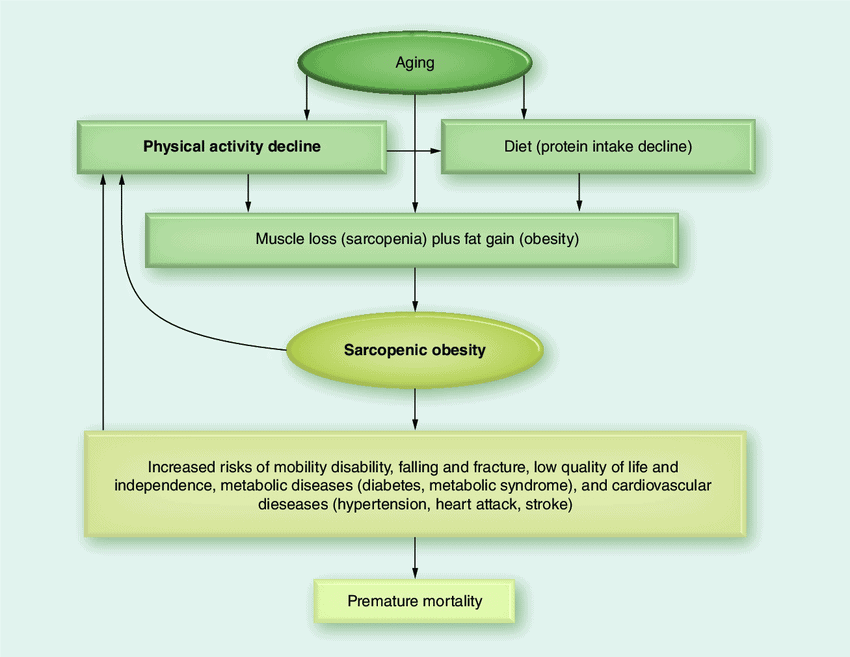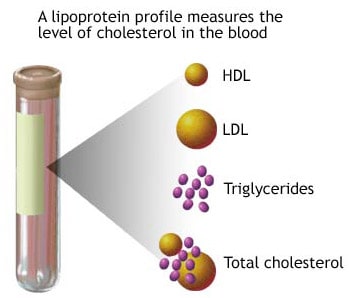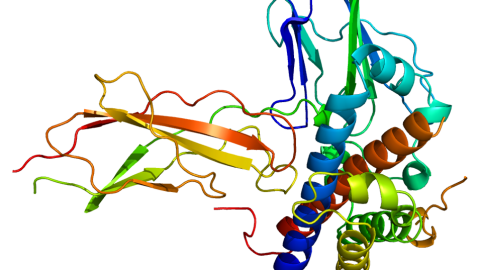Well over a decade ago I wrote an article on sarcopenia found in the Life Extension Magazine, and a slightly different version with more details on this site HERE. Sarcopenia is defined as the age-related loss of muscle mass, strength and functionality. Sarcopenia generally appears after age 40 and accelerates after the age of approximately 75. Although sarcopenia is mostly seen in physically inactive individuals, it is also commonly found in individuals who remain physically active throughout their lives. Thus, it’s clear that although physical activity is essential, physical inactivity is not the only contributing factor. I go into details on how to combat sarcopenia in the article linked above.
While this condition has gotten some attention since I wrote it’s still under appreciated and under diagnosed by the medical community unfortunately, and the interventions recommended are inadequate at best. As I wrote in the prior article “A loss of muscle mass also has far ranging effects beyond the obvious loss of strength and functionality. Muscle is a metabolic reservoir. In times of emergency it produces the proteins and metabolites required for survival after a traumatic event. In practical terms, frail elderly people with decreased muscle mass often do not survive major surgeries or traumatic accidents, as they lack the metabolic reserves to supply their immune systems and other systems critical for recovery.” Another excellent discussion on the importance of muscle mass well beyond looking great naked is by BrinkZone science writer Monica M HERE.
Finally, “Even before significant muscle wasting becomes apparent, ageing is associated with a slowing of movement and a gradual decline in muscle strength, factors that increase the risk of injury from sudden falls and the reliance of the frail elderly on assistance in accomplishing even basic tasks of independent living. Sarcopenia is recognized as one of the major public health problems now facing industrialized nations, and its effects are expected to place increasing demands on public healthcare systems worldwide” (Lynch, 2004).”
Sarcopenic Obesity was a term that came later. It’s basically defined as the presence of both sarcopenia and obesity, so a loss of muscle, strength, general life performance, and all the downsides of obesity. A lose lose if there ever was one. Unfortunately, it’s a condition that’s grown considerably since I wrote the original article and in fact the term didn’t even exist at that time. What’s interesting to note is the person may have a “normal” BMI and not appear obese per se, but are spongy to the touch, and on body composition testing, have a high bodyfat percent and low muscle mass, so it’s not always apparent visually. Not surprisingly, sarcopenic obesity is associated with an increase in the risk of all-cause mortality in aging populations.
My general recommendations for combating sarcopenic obesity are essentially the same as they are for sarcopenia via article linked above:
• Get regular blood work on all major hormones after the age of 40 and discuss with a medical professional if HRT is indicated.
• Add supplements such as: creatine, vitamin D, whey protein, acetyl-l-carnitine, glutamine, and buffering agents such as potassium bicarbonate.
• Exercise regularly – with an emphasis on resistance training – a minimum of 3 times per week.
As far as getting into more details for those of a sci/med interest, Science Direct has a special issue focused on that topic that can be found HERE.
Source of info-graphic: Physical activity and sarcopenic obesity:definition, assessment, prevalence and mechanism, Review
Will Brink is the owner of the Brinkzone Blog. Will has over 30 years experience as a respected author, columnist and consultant, to the supplement, fitness, bodybuilding, and weight loss industry and has been extensively published. Will graduated from Harvard University with a concentration in the natural sciences, and is a consultant to major supplement, dairy, and pharmaceutical companies.
His often ground breaking articles can be found in publications such as Lets Live, Muscle Media 2000, MuscleMag International, The Life Extension Magazine, Muscle n Fitness, Inside Karate, Exercise For Men Only, Body International, Power, Oxygen, Penthouse, Women’s World and The Townsend Letter For Doctors.
He’s also been published in peer reviewed journals.
Will is the author of the popular e-books, both accompanied by private members forum access , Bodybuilding Revealed & Fat Loss Revealed.
You can also buy Will’s other books on Amazon, Apple iBook, and Barnes and Noble.








